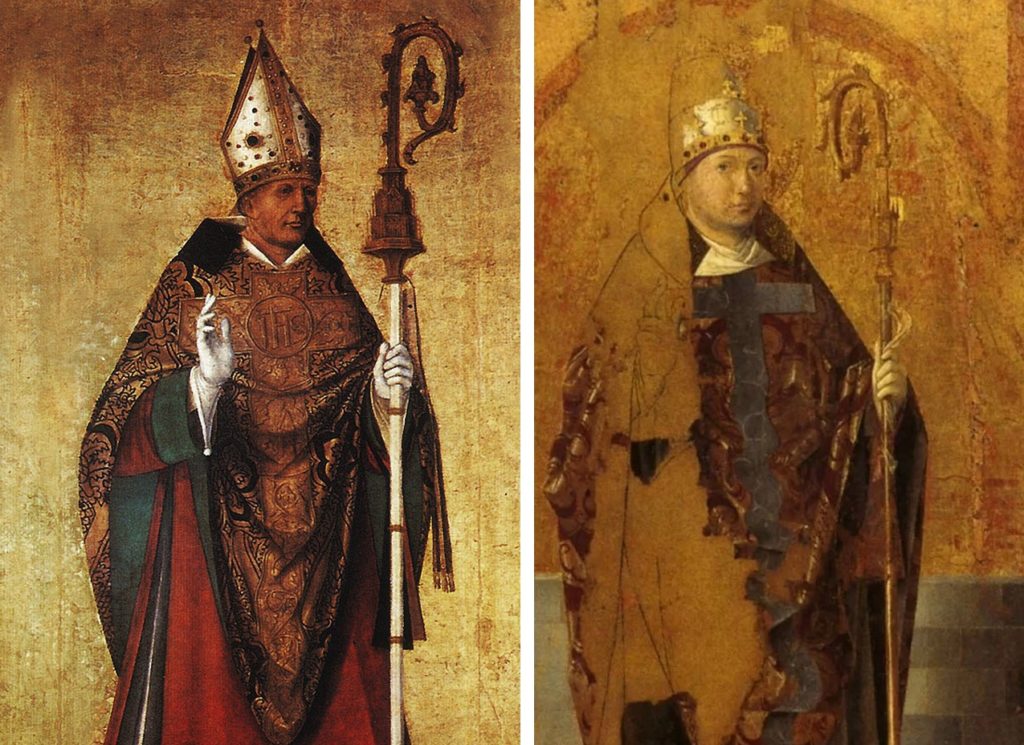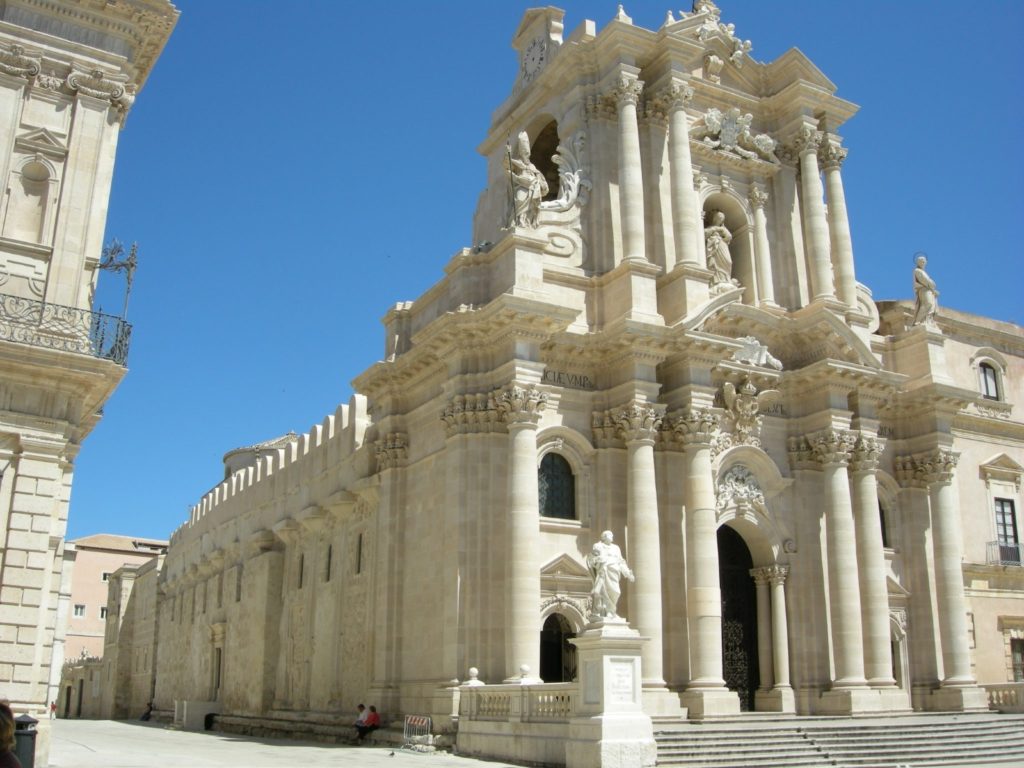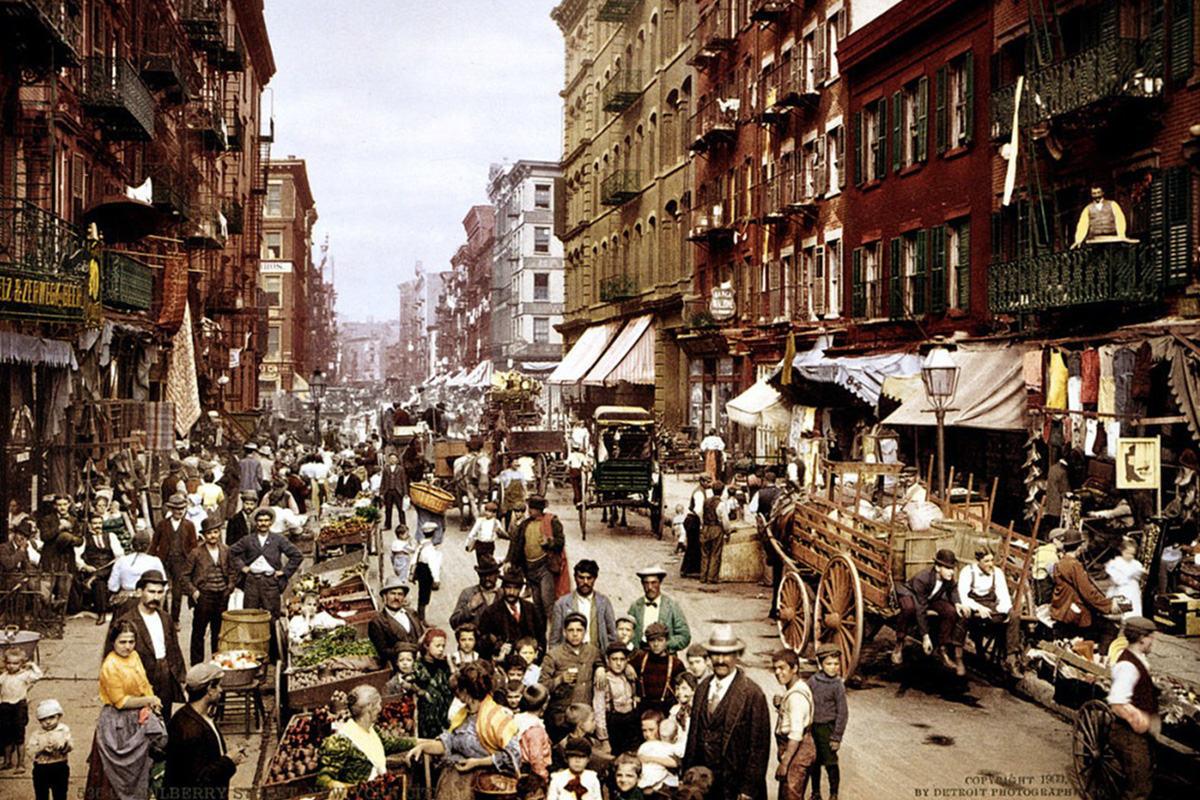The secret traces of Antonello da Messina hidden in Syracuse
Among the treasures preserved in the church built on the Greek temple dedicated to Athena, symbol of the succession of centuries and dominations in Sicily, a work by Antonello da Messina stands out. A painting dedicated to Saint Zosimo, subject of server a series of studies to ascertain that the author, is attributable, according to the art critic Paolo Giansiracusa, to the great artist from Messina.
ANTONELLO IN SYRACUSE. As you can read in some papers of the historical archive of Noto, Antonello da Messina worked among the cities of Siracusa in the second half of the fifteenth century. “Historical sources ‒ says Giansiracusa ‒ confirm his presence in Noto, where he made the banner of the church of Santo Spirito. Here, according to accounts of the time, he fell ill somewhere around 1471 and 1472 , so that he had to buy a mule to travel. Antonello was also in Palazzolo to paint the masterpiece exhibited today at the museum of Palazzo Bellomo: The Annunciation”. He certainly had to go to Syracuse, a city protagonist of great cultural ferments at the time. “In the chapel of the Holy Crucifix (within the Cathedral) ‒ adds Giansiracusa ‒ there is a painting on panel depicting Saint Zosimo. A work attributed to Antonello da Messina due to the comparisons with his other works especially with the polyptych of Saint Gregorio that the artist painted in 1473, which is kept at the Regional Museum of Messina: the same golden background, iconography and position of the protagonist of the painting. Both Saint Zosimo and Saint Gregorio are represented according to the same plastic scheme and the same spatial conception. If we can assure that Saint Gregorio was painted by Antonello da Messina, it seems certain that Saint Zosimo was also made in his own workshop: if not by the hand of Antonello, surely by his students and collaborators under his supervision and guidance”.

The painting of Saint Zosimo, like that of Saint Gregorio, was part of a polyptych, so it was the third from the left of three art works to beautify the chapel of the Cathedral before the earthquake of 1693 partially destroyed it, damaging the work itself and of which only the visible part remains today. “The other great altarpiece facing Saint Zosimo is also of the Antonellian school ‒ continues Giansiracusa ‒ dedicated to Saint Marziano. The Church, therefore, was very interested in making the Cathedral a symbol of art. The bishops mustered the greatest artists over the years. At the end of the sixteenth century, Pietro Rizzo made the silver simulacrum of Saint Lucia and then, in the seventeenth century, here worked the architect Giovanni Vermexio to build the chapel of sacrament exalted by the paintings of Agostino Scilla”.
The Cathedral of Syracuse

The Cathedral (called Aretusea), in addition to this important painting, enshrines treasures by great artists such as the architects of the Palaces of Caserta and Versailles. These are masterpieces making unique the heritage of the church, where the Greek columns of the temple of Athena stand out the walls. The greatest architects, painters and sculptors of the various eras were called to give majesty to the church of Piazza Duomo and made the Cathedral the crossroads of centuries and art.
From the master of the Madonna del Piliere, painted in the thirteenth century and then revised in the fourteenth century, to the fifteenth century and to the ʻSicilian Michelangeloʻ who was Antonello Gagini, there was also the sculptor son of another artist father of the Sicilian Renaissance, Domenico, who sculpted the ʻMadonna and Childʼ along the left aisle of the Cathedral. Here there are the statues of Saint Lucia and of the ʻMadonna delle neveʼ made by Antonello and kept in the chapel of the same name. The statue of the Madonna along the left wall by another great sculptor, Francesco Laurana, too. There is also a small tabernacle signed by the Neapolitan Luigi Vanvitelli, the architect of the Royal Palace of Caserta, and a marble antependium by Filippo della Valle, Florentine artist among the sculptors of the Trevi Fountain. The floor of the sacrament chapel was designed by Ignazio Marabitti, like the two sculptural panels of the chapel of Saint Lucia and the statues of the façade. On the high altar of the church you find the Nativity of Mary attributed to Charles Le Brun, famous for his decorations at the Palace of Versailles.
Translated by Daniela Marsala



